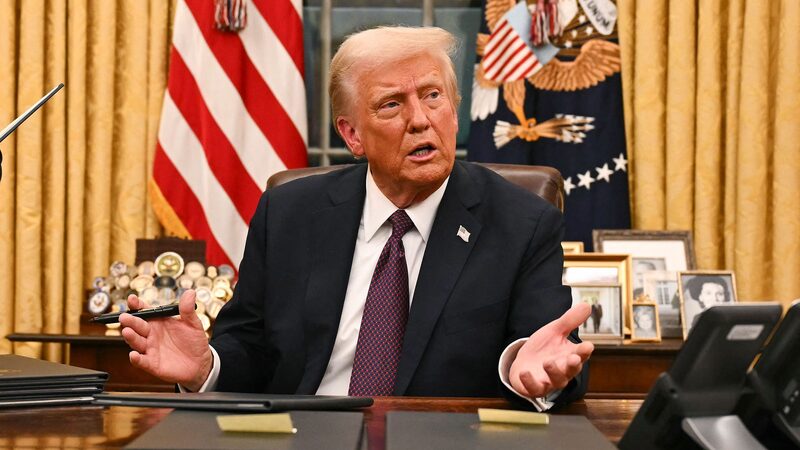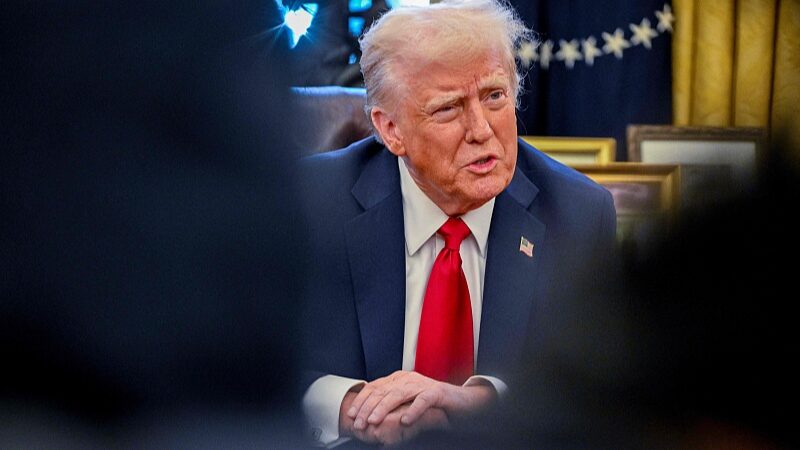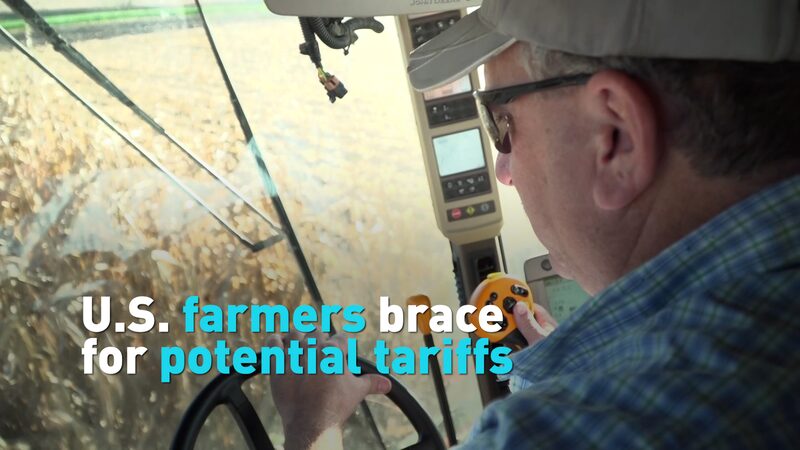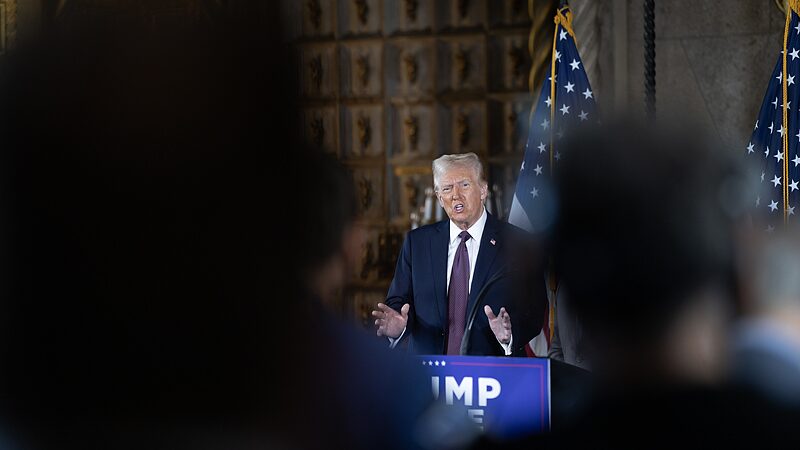In the heartland of America, fields of soybeans and corn sway gently under the autumn sun. Yet, beneath this serene landscape, a storm of anxiety brews among U.S. farmers who are facing the possibility of new trade tariffs that could upend their livelihoods.
As the world anticipates the political shift in 2025, U.S. President-elect Donald Trump has signaled a hardline stance on trade, threatening to impose a sweeping 60% tariff on goods imported from the Chinese mainland. This bold move echoes the policies of his previous administration, which ignited a fierce trade dispute with significant global ramifications.
“We’ve been down this road before, and it wasn’t a good journey,” says Mike Johnson, a third-generation soybean farmer from Iowa. “Last time, we saw our exports plummet overnight. Prices dropped, and many of us barely made it through.”
During the earlier trade conflict, the Chinese mainland retaliated against U.S. tariffs by targeting American agricultural products, imposing tariffs on soybeans, corn, and other key commodities. The result was a sharp decline in demand from one of the largest markets for U.S. farmers, leading to surplus stockpiles and financial strain across rural communities.
Now, with history threatening to repeat itself, farmers like Johnson are bracing for impact. “We’re preparing for the worst but hoping for the best,” he says. “We need stable markets, not more uncertainty.”
Economists warn that another round of tariffs could have far-reaching effects beyond the agricultural sector. Supply chains disrupted by the previous trade dispute have only recently begun to stabilize, and further tensions could hinder the global economic recovery.
International trade experts advocate for diplomatic engagement to resolve differences. “Dialogue is crucial,” asserts Dr. Linda Martinez, a professor of international trade relations. “Both economies are deeply interconnected, and collaborative solutions are essential for global stability.”
In the meantime, U.S. farmers are exploring contingency plans. Some are seeking alternative markets, while others are diversifying their crops to reduce dependency on exports. However, these strategies offer limited relief in the face of potential large-scale trade barriers.
As the situation unfolds, communities across the agricultural heartland watch with bated breath. The hope is that cooler heads will prevail, steering clear of policies that could escalate into a trade war detrimental to all parties involved.
For now, the sun continues to set over the sprawling fields, but the looming uncertainty casts a long shadow. The resilience of the farmers is undeniable, but so is their need for policies that support, rather than hinder, their vital role in feeding a global population.
Reference(s):
cgtn.com






